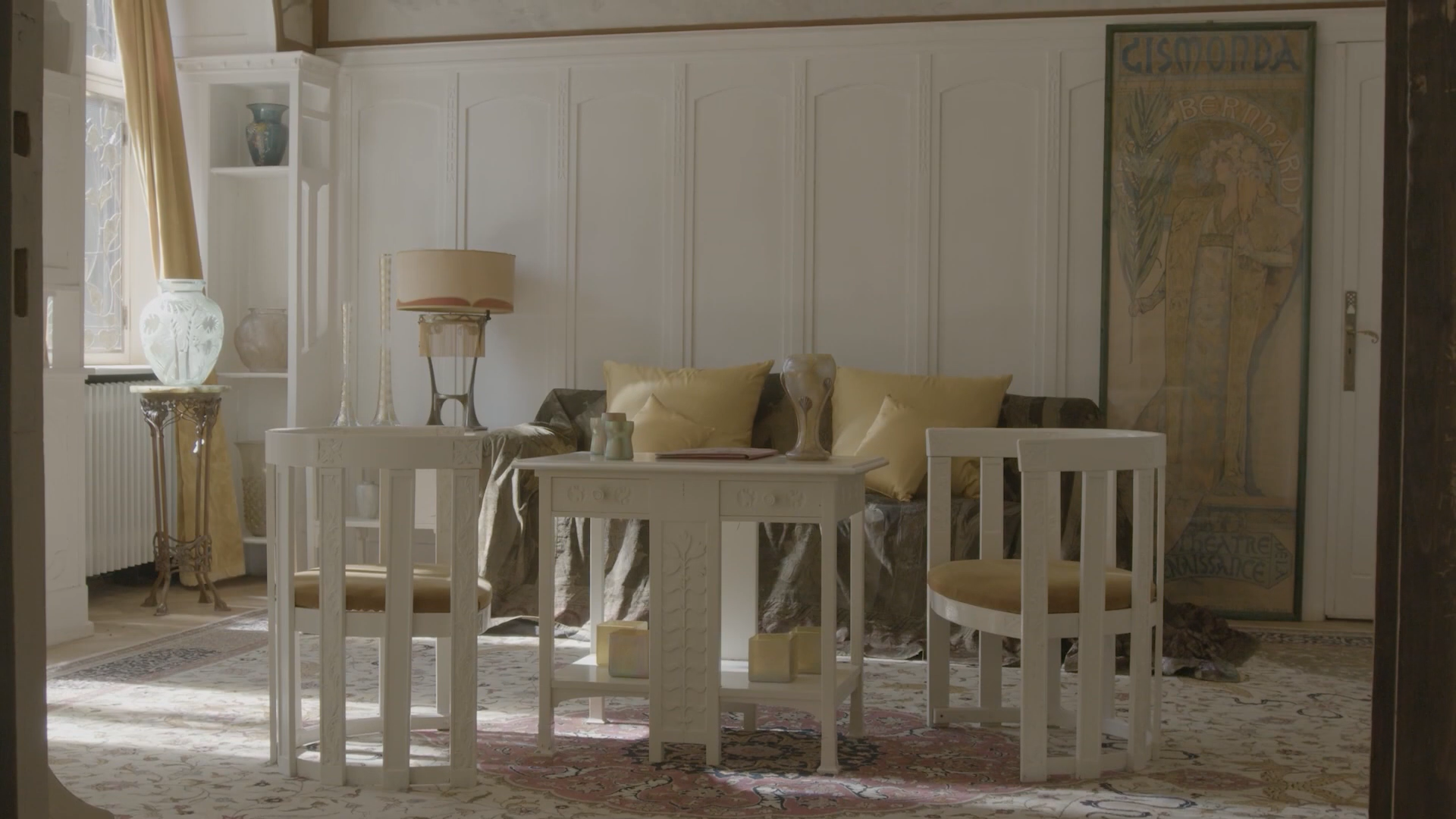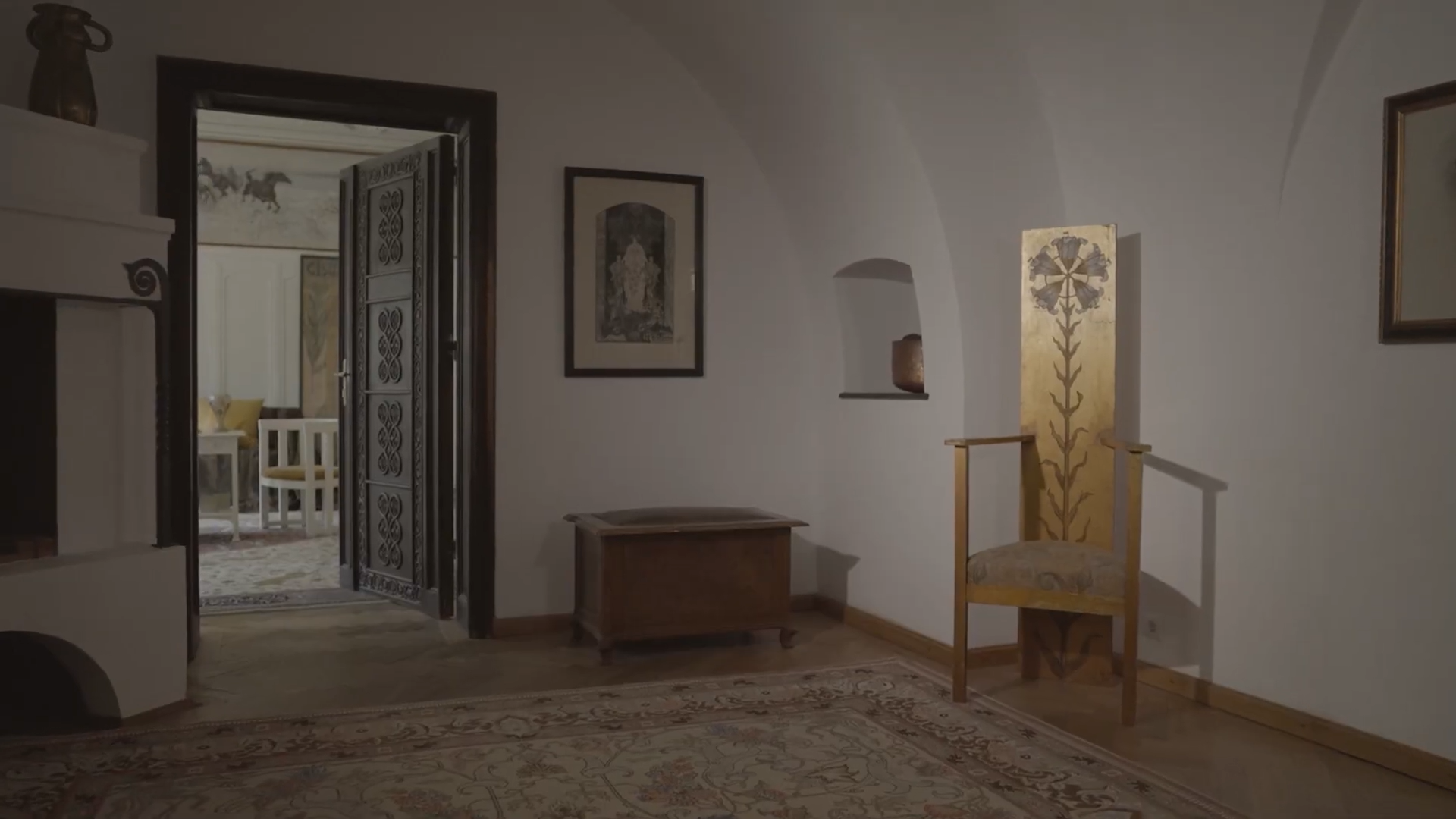ARTNOUVEAU2 - INP Online lecture
22-11-2022
ART NOUVEAU AT PELISOR CASTLE. QUEEN MARIE EMBRACING THE NOVELTY STYLE

The National Institute of Heritage Romania launched the online lecture dedicated to one of the most
prominent promoters of Art Nouveau in the extra Carpathian region of current Romania: Queen Marie
1 st .
The film titled "Art Nouveau at Pelisor Castle. Queen Marie embracing the novelty style" was produced
within the ART NOUVEAU2 project - Strengthening the cultural identity of the Danube region by building
on the common heritage of ART NOUVEAU.
The online lecture focuses on the relationship that Queen Marie of Romania had with Art Nouveau style
by showcasing specific elements of the interiors of Pelișor Castle in Sinaia. The numerous visits that
Crown Princess Marie of Romania made to Darmstadt, between 1894 and 1901, were extremely
important for her knowledge of the Jugendstil phenomenon and Art Nouveau in general. The future
Queen’s most personal residence, Pelișor Castle bears the mark of Marie’s taste for Jugendstil and Art
Nouveau innovation and imagery. The interiors were decorated following her instructions, during a
fruitful collaboration with established artists of the era such as Karel Liman, Bernhard Ludwig and Hugh
Baillie Scott for decorations and furniture. The art objects she collected are among the most
representative of the style, created by renowned artists such as: Émile Gallé, René Lalique, Karl Fabergé,
J. Tostrup, Alphonse Maria Mucha, G. Gurschner and others. Not only did Queen Marie design furniture,
but she was also a painter. Pelișor was where Marie also worked and created her art, clearly influenced
by the Art Nouveau movement. The most important proof of the Queen's talent is the manuscript that
she would dedicate to her husband, Crown Prince Ferdinand, in 1906. The manuscript is on display at
the Pelișor Castle and will be subject of a future article in the project’s Enriching knowledge about Art
Nouveau online series.


The full version of the online lecture is available here:
Funds for the implementation were provided from the IPA funds of the European Union.
